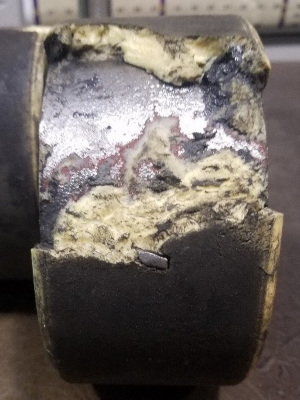Understanding and Reducing Failures: Hysteresis
Polyurethane is one of the most versatile materials.1 Physical properties can be adapted to solve challenging problems. Polyurethane is formed by reacting a polyol (ether-based or ester based) with an isocyanate (an MDI or TDI). It is then cured at a specific temperature for the optimal time to reach desired physical properties. Properties are altered based on the polyol and isocyanate and the application impacts the function. It is critical to choose the ideal material based on the application and the conditions the product is expected to withstand.
What is Hysteresis?
Hysteresis is a time-based dependence that relies on present and past inputs. Polyurethane is an excellent insulator and absorbs and stores energy, which will then be converted to heat. If heat generation is greater than heat dissipation, the polyurethane will melt internally, resulting in a buildup in pressure as the material expands. The increase in temperature will change the physical properties of the material. Evidence of hysteresis can be indicated with a powder like substance, bumps on the tire, or visible molten material. The most common causes of hysteresis are overloading the part or operating at too great a speed.
Contributing factors to heat buildup in tires include: poor conductivity of polymers, tread thickness, size of tire, speed of rotation, load on tire, TIR of tire, and length of run. Improper installation- metal hub rubbing on other metal object causing friction will generate heat.

Metal objects imbedded in the tire promote heat generation. In the picture, a metal object is imbedded in the tire. The metal will absorb heat and raise the temperature of the wheel. As a result, the material changed physical properties and burned off the adhesive.
Hysteresis is commonly mistaken for bond failure.
What is Bond Failure?
Bond failure is a result of improper surface preparation, contamination, or machine malfunction. A true bond failure will leave adhesive intact on the metal. The excessive heat generation in the hysteresis process will burn off adhesive on the poly or metals, or both.
Ways to Avoid Hysteresis
You can significantly reduce costs associated with downtime and extend the life of your product with the proper conditions of the application. Decrease speed of trucks, load capacity, or length of runs. Experts will help you choose the correct system based on the application needs. Engineering experts will review the design of the tire and optimize the cross-sectional thickness, runout, and surface area.

